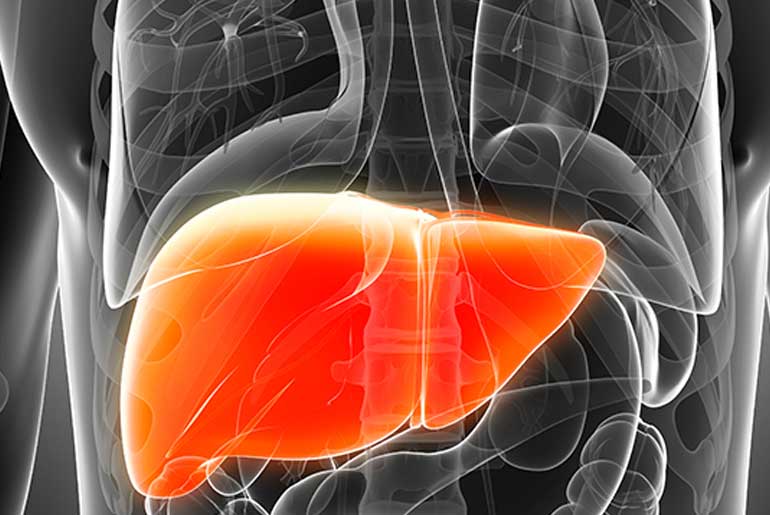Non-alcoholic fatty liver disease (NAFLD) is a condition characterized by the accumulation of fat in the liver in individuals who consume little to no alcohol. In India, the prevalence of NAFLD among the general population ranges from 9% to 53%, with urban areas witnessing a significantly higher incidence compared to rural regions. According to Dr. Rajesh Battina, Consultant – Gastroenterology at Manipal Hospital in Vijayawada, the rising prevalence in cities—reaching as high as 50%—is attributed to unhealthy dietary habits, sedentary lifestyles, and the increasing burden of obesity and diabetes. Alarmingly, recent studies indicate that NAFLD is also becoming more common in obese Indian children, raising serious concerns about long-term health implications.
NAFLD’s Progression and Associated Health Risks
While NAFLD might seem benign in its early stages, if left untreated, it can progress to severe and irreversible conditions such as liver cirrhosis. The disease follows a progression pathway through intermediate stages, including non-alcoholic steatohepatitis (NASH) and liver fibrosis, before advancing to cirrhosis. Additionally, NAFLD is linked to a range of other serious health conditions. Dr. Battina explains that genetic factors also contribute to its development, and NAFLD is associated with an increased risk of cardiovascular disease, chronic kidney disease, polycystic ovarian syndrome (PCOS), obstructive sleep apnea, vitamin D deficiency, hypothyroidism, and even gastrointestinal cancers, including liver cancer.
Early Detection of NAFLD
Since NAFLD often does not present noticeable symptoms in its early stages, early detection is crucial to prevent progression to severe liver disease. Dr. Battina highlights that several diagnostic tests can help in identifying NAFLD, including:
- Ultrasound abdomen – a widely used imaging technique to detect fat accumulation in the liver.
- Liver function tests (LFTs) – to assess liver enzyme levels and detect abnormalities.
- Fibroscan – a specialized test that measures liver stiffness, helping to evaluate the presence of fibrosis or cirrhosis.
Management and Treatment of NAFLD
Lifestyle modifications remain the cornerstone of NAFLD management. Dr. Battina emphasizes that:
- Adopting a low-calorie diet is essential to control fat accumulation in the liver.
- Engaging in at least 40 minutes of daily physical exercise helps improve liver health and prevent disease progression.
- Patients who are overweight or obese should undergo preventive screenings to check for cardiovascular diseases and other associated metabolic disorders.
For individuals with NASH, certain medications may be prescribed, including:
- Vitamin E, which has shown benefits in improving liver health.
- Saroglitazar, a drug used to treat NASH by reducing fat accumulation and inflammation in the liver.
NAFLD’s Growing Impact in India
Dr. Battina warns against underestimating NAFLD, as its asymptomatic nature in the early stages often leads to late diagnosis. The increasing number of NAFLD/NASH-related cirrhosis and hepatocellular carcinoma (HCC) cases, which have become leading causes for liver transplants in India, highlights the gravity of the condition. Given the rising prevalence of NAFLD across different age groups, proactive lifestyle changes, early screening, and timely intervention are essential to mitigate the long-term health risks associated with this silent but serious liver disease.
Disclaimer:
The information contained in this article is for educational and informational purposes only and is not intended as a health advice. We would ask you to consult a qualified professional or medical expert to gain additional knowledge before you choose to consume any product or perform any exercise.







